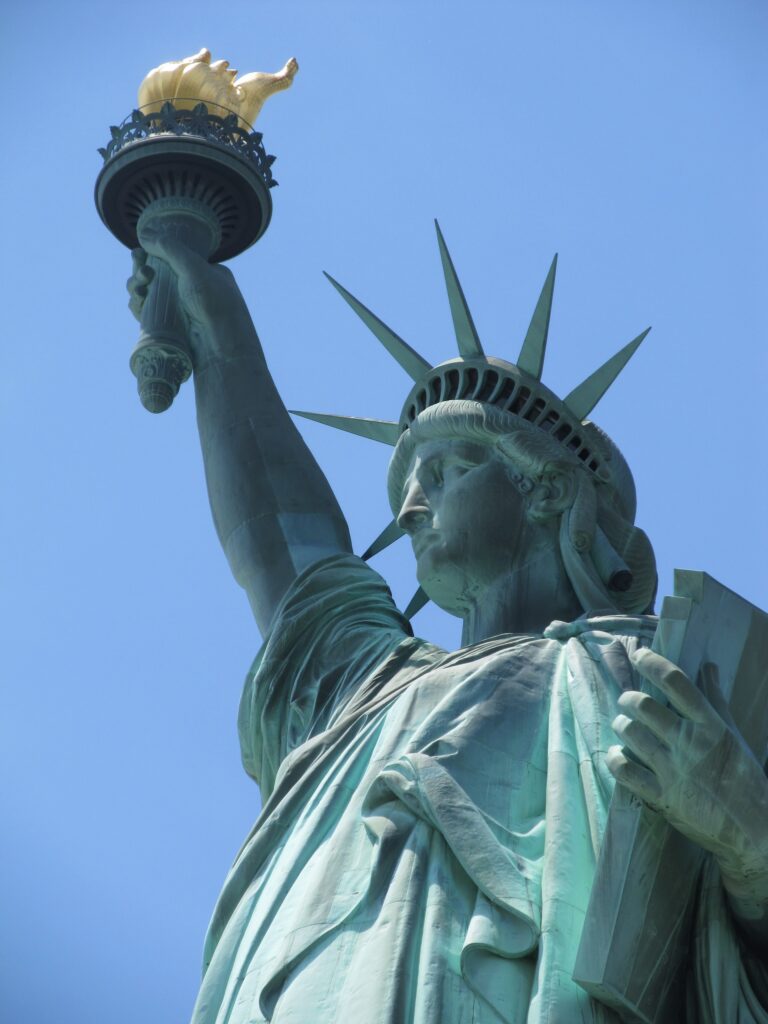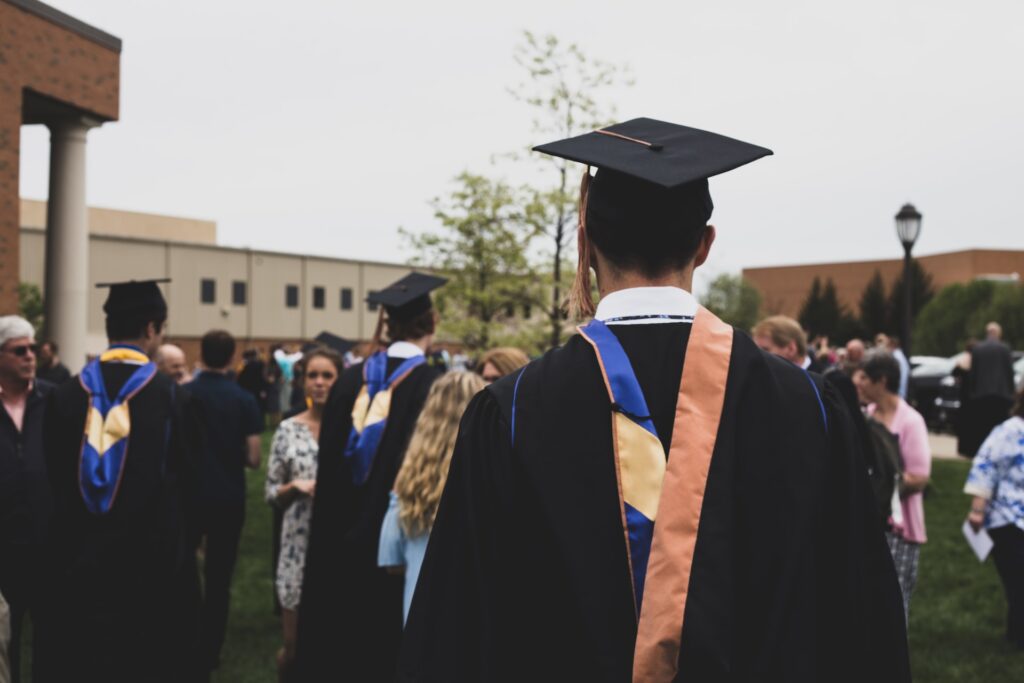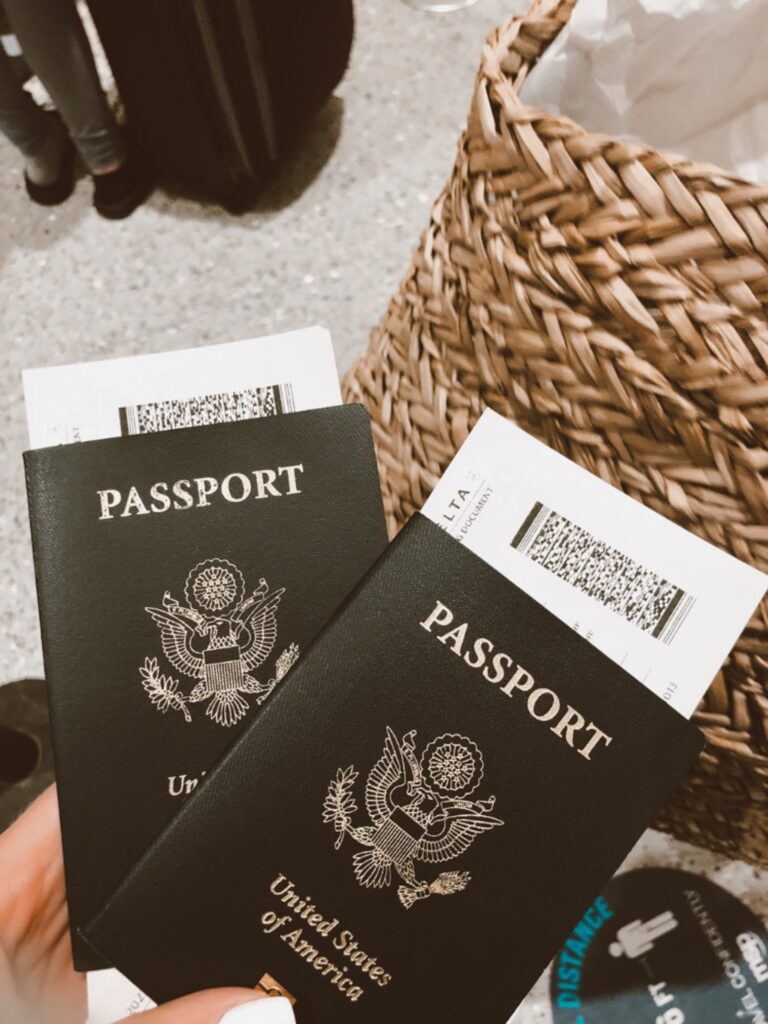— We can help you
Study in USA
Study in the United States
We look forward to helping students like you who are considering continuing education in the United States. You will find all the tools you need to compile your necessary research in deciding if the United States is the best place for you — we have gathered valuable information on educational, social, cultural and economic aspects of studying in the U.S.

About the USA
The USA has the world’s largest international student population, with more than 1,000,000 students choosing to broaden their education and life experience in the United States. Nearly 5% of all students enrolled in higher-level education in the USA are international students, and the numbers are growing. From the mid-1950’s, when international student enrollment was only just reaching 35,000, international education in the USA has come a long way. There are about 3500 universities in USA that offer the widest choice of over 1000 courses from any field under the sun. 90% of world’s Nobel Laureates teach in US Universities.
USA has the world’s most flexible education system, students can study their area of interest as specialization. As the education system of USA is not centralized each institute can determine its program and admission standards. Lateral movement in the education system is possible any time. Some U.S. colleges and universities stress broad educational principles; others emphasize practical, employment-related skills; and still others specialize in the arts, social sciences or technical fields.
The USA has the world’s largest international student population, with more than 1,000,000 students choosing to broaden their education and life experience in the United States. Nearly 5% of all students enrolled in higher-level education in the USA are international students, and the numbers are growing. From the mid-1950’s, when international student enrollment was only just reaching 35,000, international education in the USA has come a long way. There are about 3500 universities in USA that offer the widest choice of over 1000 courses from any field under the sun. 90% of world’s Nobel Laureates teach in US Universities.
USA has the world’s most flexible education system, students can study their area of interest as specialization. As the education system of USA is not centralized each institute can determine its program and admission standards. Lateral movement in the education system is possible any time. Some U.S. colleges and universities stress broad educational principles; others emphasize practical, employment-related skills; and still others specialize in the arts, social sciences or technical fields.
Population and cities
The US is home to more than 324 million people, making it the third-largest country in the world by population.
Historically, immigration to the US — after its discovery by Europeans — was mainly from England and other European countries, and then later from Latin America and Asia. The five countries that have contributed the most immigrants to the US in the last ten years (2015 figures) have been Mexico, India, China, the Philippines and Cuba.
Made up of 50 states, the US faces the North Pacific and North Atlantic Oceans and is bordered by Canada in the north and Mexico in the south. Taking up a large portion of the North American continent, the U.S. extends its reach through the states of Alaska in the far northwest and Hawaii in the Pacific.
Given its huge land area, the US is divided into four major regions: the West, the Midwest, the South and the Northeast. Each of these regions are then subdivided into two or more census divisions.
It’s impossible to geographically define the US with a single term given the disparity between the country’s bustling city streets, wide open plains, mountain ranges, coastal cities and quiet country towns.
Weather
The climate of the US varies considerably from coast to coast due to the differences in latitude and the country’s varied geographical features.
The seasons in the United States are:
– Winter (December to February)
– Spring (March to May)
– Summer (June to August)
– Autumn/Fall (September to November)
Much of the eastern parts of the US have a humid continental or subtropical climate, with four distinct seasons. The Southeast has mild winters and hot humid summers and the Northeast and Midwest have much colder winters with frequent snowfalls and periods with snow on the ground.
Hawaii typically experiences tropical weather conditions with cold and wet seasons during winter months and dry seasons during warmer months. Alaska on the other hand, experiences Arctic conditions with very distinct winter and summer season due to the significant changes in temperatures between the two seasons.
Politics and government

The Founding Fathers of the US, who created the Constitution, wanted to ensure it was written to allow for a separation of powers, or three separate branches of government — that being the Legislative which makes the laws, the Executive which carries out the laws and the Judicial which evaluates the laws.
The US Government is known as a representative democracy with two legislative bodies, the Senate and House of Representatives. The Senate has 100 elected senators — two senators per state who serve a six-year term – while the House of Representatives has 435 voting representatives. The number of representatives from each state in the House of Representatives is based on the state’s population. Each representative serves a two-year term and can be re-elected.
The Executive Branch consists of the President of the United States, the Vice President and the Cabinet. A president can only remain in office for a maximum two four-year terms.
The Judicial Branch is made of the court system which includes: the Supreme Court, the US Court of Appeals, the US District Courts, State Courts and the County Courts.
Any areas that the Federal Government does not directly control are ruled by the state governments which are modelled after the federal government and made up of three branches: Legislative, Executive and Judicial.
Why Study in the USA

The world’s most popular international student destination
More than 750,000 international students study in the USA. That’s more than in any other country in the world.
Highest-ranked universities in the world. The USA has an established, high-quality tertiary education system. The USA boasts an impressive seven out of the world’s top 10 universities according to the 2018 Times Higher Education World University Rankings.
Diversity of geography, culture and institutions. Thanks to the sheer size of the USA and the large number of institutions, there is a perfect fit for each type of student. Huge, sprawling campuses that feel like cities and small, intimate campuses that feel like a collection of close friends. Tropical islands, dry deserts, snowy plains, the Grand Canyon, California, and New York City. In the USA, there is truly something for every type of student.
Campus life. Living on campus in the USA can offer you the opportunity to enrich your educational experience and meet new friends. You may also choose to live off campus. USA universities offer a wide choice of academic, cultural and athletic activities. Your university may also have a variety of sporting teams in addition to fraternities and student clubs.
Can I Get Employment While Studying in the US
Want to work while you’re in the US? Here’s how.
If you hold a F-1 Visa, you are allowed to work in the United States when authorised by a designated school official, but only under certain conditions and in accordance with complex guidelines and restrictions issued by the US Citizenship and Immigration Service.
There are several categories of employment available as an F-1 student in US. On-campus employment is the most freely available, while off-campus employment must be related to your area of study and be authorised by the Designated School Official.
In order to work in the US, you need a Social Security Number (SSN). However, you can still apply for jobs without an SSN and use the job offer to get a SSN after you are hired.
For more information on working in the US, visit the US Citizenship and Immigration Service website.
On-campus employment
Most international students are able to work up to 20 hours per week on-campus while school is in session. This might include work performed on the school’s premises directly for the school or for an on-location commercial firm (such as the school’s bookstore or cafeteria).
You should seek guidance and approval from your school’s International Student Office prior to accepting employment.
During extended holidays, breaks and summer sessions, you can work full time (up to 40 hours per week).
Curricular Practical Training (CPT)
If you’ve been enrolled at a college or university in the US on a full time basis for at least one full academic year, you may be eligible to apply for Curricular Practical Training (CPT). CPT is employment that is an integral part of your major curriculum and allows you to participate in an internship, practicum or cooperative education program. You must receive course credit for your work and the CPT must be completed before you graduate.
Along with the acceptability and recognition of education, USA also offers the best in terms of future job prospects and immigration possibilities after studies. All students are entitled to stay back and work for one year period in USA under OPT (Optional Professional Training). For STEM Graduates(Science, Technology, Engineering and Mathematics) the OPT can be further extended to another 24 months (Total 36 Months). Students who are successful in finding a suitable placement can apply for H1B (Job Visa) during this period.
Add Your Heading Text Here
Applying for visas is often seen as complicated, but our trained counsellors are experts in guiding you through the application process.
The visa you need will depend on the type of study you want to do in the United States.
The US Government offers three different student visa types:
- F Student Visa: used to study at an accredited US college or university or to study English at an English language institute.
- J Exchange Visa: for participation in an exchange program, including high school and university study.
- M Student Visa: for non-academic or vocational study or training in the US.
You must first apply and be accepted by a US institution that is certified by the Student and Exchange Visitor Program (SEVP). Once accepted, you will receive a Form I-20 from the institution’s international student office, which is a paper record of your information in the database called the Student and Exchange Visitor Information System (SEVIS).
You will need the following documentation for your visa application:
- A valid passport that is valid for at least six months beyond your period of stay in the US (unless exempt by country specific agreements)
- Acceptance at a SEVP approved school and your Form I-20
- Application fee payment for the Student and Exchange Visitor Information System
- Non-immigrant visa application and the Form DS-160 confirmation page
- One or two photographs in the requested format
Additional documentation may also be required:
- Academic preparation documents such as transcripts, diplomas, degrees or certificates.
- Evidence that you have sufficient funds to maintain your living expenses throughout the period of your stay in the US. This may include: bank statements, a financial undertaking by a sponsor to cover your accommodation and living costs or a scholarship program.
- Evidence that you will leave the US once you have completed your course of study. This is usually in the form of an air ticket out of the US to your home country.
- You may also have to appear for a personal interview at the US embassy or consulate.
You can find out more about each type of visa on the US Government’s Department of State website.
When you arrive in the US, you must:
- Not enter the US more than 30 days before your study program begins
- Contact your designated school official when you first enter the US
- Contact your designated school official again, no later than the program start date listed on your Form I-20
- Make sure your visa remains valid
Once you get your visa, there are a number of things you need to do to ensure it remains valid, including:
- Fulfilling the purpose for why the Department of State issued the visa
- Following the regulations associated with that purpose. While studying in the US, you will need to observe the following rules:
- You must attend and pass all of your classes. If you are finding your studies too difficult, you should speak with your designated school official (DSO) immediately.
- If you think you will be unable to complete your program by the end date listed on your Form I-20, you must talk to your DSO about requesting a possible program extension.
- You must take a full course of study each term. If you cannot study full-time, contact your DSO immediately.
- You cannot drop below a full course of study without consulting with your DSO.
The Admission Procedure to study in the US
APPLICATION PROCEDURES FOR USA UNIVERSITIES – REQUIRED DOCUMENTS
1. Copy of completed Application for Admission Form.
2. Copy of Passport (only the page(s) that shows your photo, personal details and signature)
3. Copy of Secondary and Senior Secondary High School Result or Certificates | WAEC | NECO
4. Copy of Bachelor Degree Certificate and Mark Sheet | Transcripts ( postgraduate applicants e.g. MBA).
5. Copy of Recent Passport Photograph
6. Copy of OLEVEL / IELTS / SAT / GMAT RESULT ( IF AVAILABLE )
7. Two /Three letters of recommendation
8. Statement of Purpose or Personal Essay (A brief statement of the applicant’s purpose of study)
9. Original or certified Sponsor’s Bank Statement (last 6 months);
-BASIC INFORMATION
1. Some schools require part payment of Tuition Fees is paid before visa application/before arrival in USA
2. Admission processing duration: 2 – 4 weeks
3. Tuition Fee from $13000/ $30000 PER YEAR

